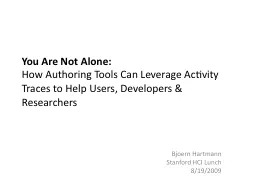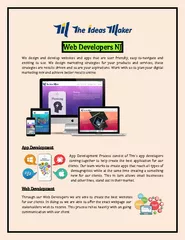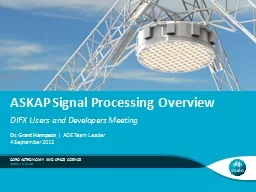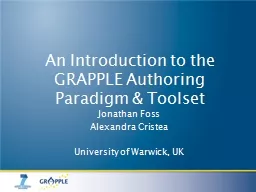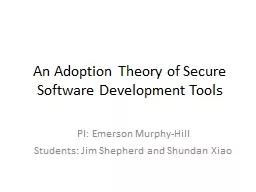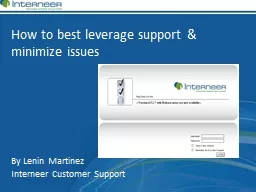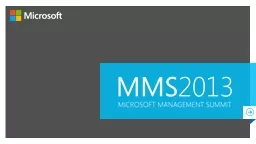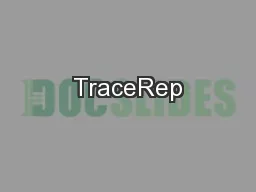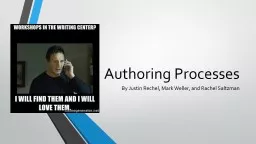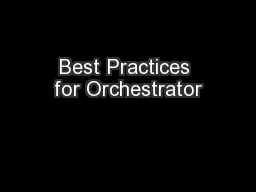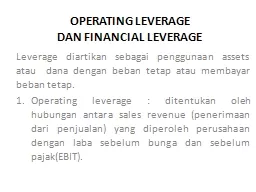PPT-You Are Not Alone: How Authoring Tools Can Leverage Activity Traces to Help Users, Developers
Author : yoshiko-marsland | Published Date : 2018-03-07
Bjoern Hartmann Stanford HCI Lunch 8192009 The Idea Not New Record what users are doing while using an authoring tool At what level of detail Privacy Confidentiality
Presentation Embed Code
Download Presentation
Download Presentation The PPT/PDF document "You Are Not Alone: How Authoring Tools C..." is the property of its rightful owner. Permission is granted to download and print the materials on this website for personal, non-commercial use only, and to display it on your personal computer provided you do not modify the materials and that you retain all copyright notices contained in the materials. By downloading content from our website, you accept the terms of this agreement.
You Are Not Alone: How Authoring Tools Can Leverage Activity Traces to Help Users, Developers: Transcript
Download Rules Of Document
"You Are Not Alone: How Authoring Tools Can Leverage Activity Traces to Help Users, Developers"The content belongs to its owner. You may download and print it for personal use, without modification, and keep all copyright notices. By downloading, you agree to these terms.
Related Documents

